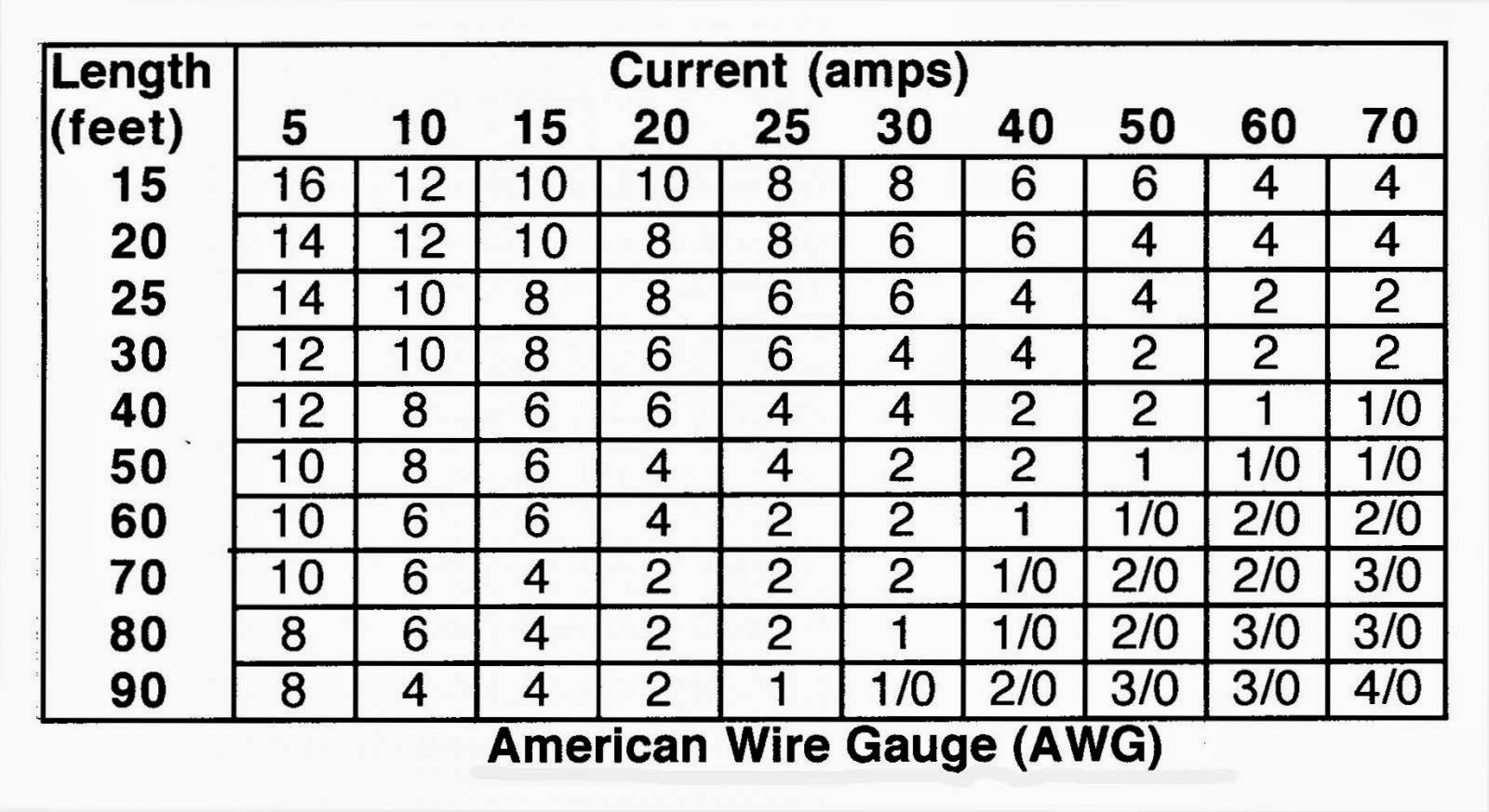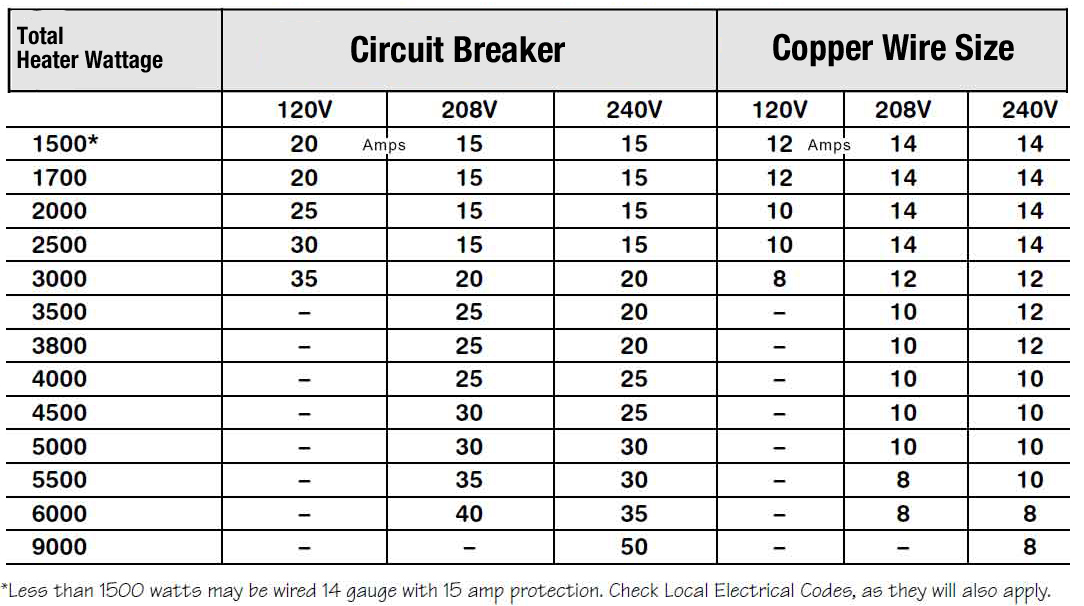Powering Your Dual 12-Inch Subwoofers: Amplifier Sizing Guide
The rumble of a powerful bassline, the visceral thump that resonates through your car – it's a feeling many audiophiles crave. Achieving this sonic satisfaction often centers around a pair of 12-inch subwoofers, capable of delivering those low-frequency vibrations. But these potent drivers require an equally powerful amplifier to unlock their full potential. Choosing the correct amplifier size for your dual 12-inch subwoofers is paramount, and this guide will navigate you through the complexities of this crucial audio decision.
Selecting the right amplification for your two 12-inch subwoofers is akin to tailoring a suit – a perfect fit is essential. Too much power, and you risk damaging your speakers; too little, and you’ll be left with a muted, underwhelming performance. Understanding the relationship between amplifier power and subwoofer capabilities is the key to finding that sweet spot, where your bass is both powerful and precise.
The quest for the perfect bass has driven innovation in car audio for decades. From single, small subwoofers to elaborate multi-driver setups, the pursuit of deeper, richer low frequencies continues. Dual 12-inch subwoofer configurations have become a popular choice, offering a balance between size, power, and cost-effectiveness. However, the power requirements of these systems can be significant, making amplifier selection a critical step in the process.
One of the most common mistakes enthusiasts make is simply buying the biggest amplifier they can afford. While having ample power is important, it's not the only factor to consider. Impedance matching, subwoofer sensitivity, and the amplifier's RMS power rating all play crucial roles in determining the optimal amplifier size. Overpowering your subwoofers can lead to blown voice coils and damaged cones, while underpowering them can result in distortion and clipped audio signals.
So, how do you determine the correct amplifier wattage for your specific setup? This involves understanding your subwoofers' RMS power handling, which represents the continuous power they can safely handle. You also need to consider the amplifier's RMS power output, ensuring it matches or slightly exceeds the combined RMS power handling of your two subwoofers. Peak power ratings are less important for sustained performance and should be viewed with caution.
The history of amplified car audio is intertwined with the desire for louder, clearer, and more impactful sound reproduction. Early car audio systems were limited in power and fidelity. As technology advanced, so too did the capabilities of amplifiers and subwoofers, leading to the powerful systems we enjoy today.
A key factor to consider is the impedance of your subwoofers and the amplifier’s ability to handle that impedance. Wiring your subwoofers in series or parallel will affect the overall impedance load presented to the amplifier, which in turn impacts the power output. Understanding these relationships is critical for achieving optimal performance.
For example, if your subwoofers have a 4-ohm impedance and are wired in parallel, the total impedance presented to the amplifier will be 2 ohms. Ensure your amplifier is stable at 2 ohms to avoid damage.
Advantages and Disadvantages of Using Two 12-Inch Subwoofers
| Advantages | Disadvantages |
|---|---|
| Powerful bass output | Requires significant trunk space |
| Balanced soundstage | Higher power consumption |
| Cost-effective compared to larger single subwoofers | Can be challenging to integrate seamlessly with other speakers |
Best Practices:
1. Match RMS Power: Choose an amplifier with an RMS power output that matches or slightly exceeds the combined RMS power handling of your subwoofers.
2. Impedance Matching: Ensure your amplifier is stable at the impedance presented by your subwoofers, whether wired in series or parallel.
3. Quality Wiring: Use high-quality wiring and connectors to minimize power loss and ensure reliable performance.
4. Proper Enclosure: Choose the correct enclosure type (sealed or ported) based on your desired bass response.
5. Gain Setting: Set the amplifier's gain correctly to avoid clipping and distortion.
FAQ:
Q: What happens if my amplifier is too powerful for my subwoofers? A: You risk damaging your subwoofers by exceeding their power handling capabilities.
Q: Can I use a mono amplifier for two subwoofers? A: Yes, mono amplifiers are designed specifically for subwoofers.
Q: What is the difference between RMS and peak power? A: RMS power is the continuous power the amplifier or subwoofer can handle, while peak power is a short burst of power.
Q: How do I wire two subwoofers to an amplifier? A: You can wire them in series or parallel, depending on the impedance of the subwoofers and the amplifier's capabilities.
Q: What is the ideal enclosure for two 12-inch subwoofers? A: The ideal enclosure depends on your desired bass response and available space. Sealed enclosures offer tighter, more accurate bass, while ported enclosures provide louder, boomier bass.
Q: How important is the gauge of the power wire? A: Using the correct gauge power wire is crucial for minimizing power loss and ensuring proper amplifier performance.
Q: How do I set the gain on my amplifier? A: Use a multimeter or an oscilloscope to set the gain correctly, avoiding clipping and distortion.
Q: What are some good amplifier brands for subwoofers? A: Several reputable brands offer high-quality amplifiers for subwoofers.
Choosing the correct amplifier for your dual 12-inch subwoofers is a critical step in building a powerful and enjoyable car audio system. By understanding the relationship between amplifier power, subwoofer specifications, and impedance matching, you can ensure a harmonious balance that delivers the deep, resonant bass you desire. Taking the time to research and select the right equipment will not only enhance your listening experience but also protect your investment in your audio setup. A properly powered subwoofer system can transform your daily commute into a concert on wheels, bringing the visceral thrill of live music to your fingertips. Remember, it's not about simply being loud, but about achieving accurate, powerful, and satisfying bass reproduction that elevates your entire audio experience.
Fueling the future understanding capless fuel fillers
Navigating medicare understanding humana medicare advantage
Finding the perfect valspar paint for your project
.jpg)


:max_bytes(150000):strip_icc()/electrical-wire-sizes-1152851-1c278609d8364a7e93e277903520836e.png)










